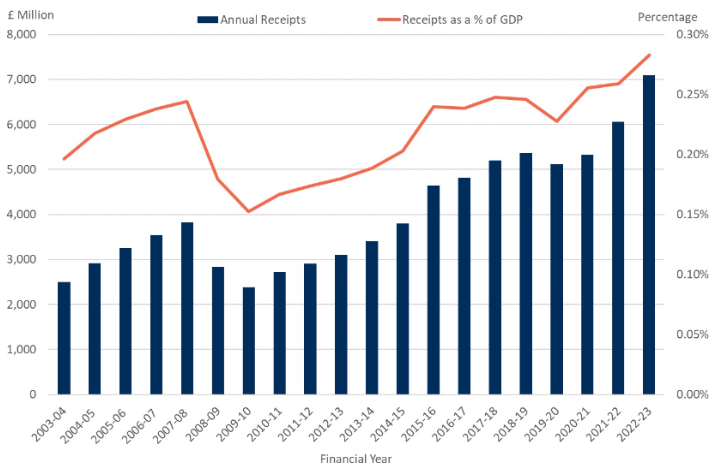People often think of their financial plan as a way to grow their wealth and provide financial security. You might consider areas like your pension or financial protection to be core parts of your financial plan. Yet, while they’re important, your happiness is essential too.
Financial planning is about helping you reach your financial goals, but it goes further than that.
It’s about making your money work in a way that aligns with your lifestyle aspirations and understanding how it could improve your wellbeing.
After all, you might want the money in your pension to grow, but your money will often be linked to other aspirations you may have. For example, you might want investments to perform well so you can travel more in retirement, or to allow you to retire early so you can spend more time with grandchildren while they’re young.
As a result, recognising what makes you happy now or could improve your life in the future should be at the centre of your financial plan.
Here are three steps you can take to make your happiness the focus of your financial plan.
1. Set out what makes you happy
Think about your day-to-day life. What gives you purpose and makes you happy? Setting out what is important to you can help you make conscious money decisions that reflect your wellbeing.
Without a clear focus, it can be easy to make decisions that aren’t necessarily right for you. For example, you might spend money on impulsive purchases that give you a brief serotonin boost, but you then have to compromise on something that would bring you longer-lasting happiness.
It’s also worth thinking about the one-off experiences you’ve had that brought you joy. Which memories do you look back on fondly with a smile? You might want to make other similar experiences part of your long-term plan.
2. Create clear objectives
Often, your happiness goals will be linked to finances in some way. So, setting out financial objectives with your wellbeing at the centre is useful.
These could be both short- and long-term objectives. Perhaps you have a hobby that brightens up your day, so you want to make the associated costs part of your regular budget. Or maybe you’re really looking forward to the freedom that retirement will bring, so you have a pension goal you want to achieve that would allow you to give up work sooner.
Consider what money or assets you’d need to make your life happier. You can then turn your attention to how to reach these objectives with your circumstances in mind.
3. Form a financial plan around your objectives
With your objectives set out, you can start to think about how to achieve them through your financial plan.
For example, if you want to retire early so you can indulge your passions, what is a tax-efficient way of saving the money you need? Or what steps can you take to create long-term financial security once you give up work?
By starting with what makes you happy you can make conscious financial decisions that support your wellbeing now and over the long term.
A financial planner can help identify how to use your money to reach the goals you’ve set out. Having a plan that’s tailored to you may also improve how confident you feel about your finances, so you may focus on enjoying other parts of your life.
Contact us to create a financial plan that focuses on your happiness
As a financial planner, we may help you get more out of your money with your lifestyle goals in mind. We’ll work with you to not only understand how you could grow your wealth, if that’s your goal and appropriate for you, but also understand how to use your assets to enhance your life.
Please contact us to arrange a meeting to discuss your life goals and how we could offer support in creating a financial plan for you.
Please note:
This blog is for general information only and does not constitute advice. The information is aimed at retail clients only.
The value of your investments (and any income from them) can go down as well as up and you may not get back the full amount you invested. Past performance is not a reliable indicator of future performance. Investments should be considered over the longer term and should fit in with your overall attitude to risk and financial circumstances.












